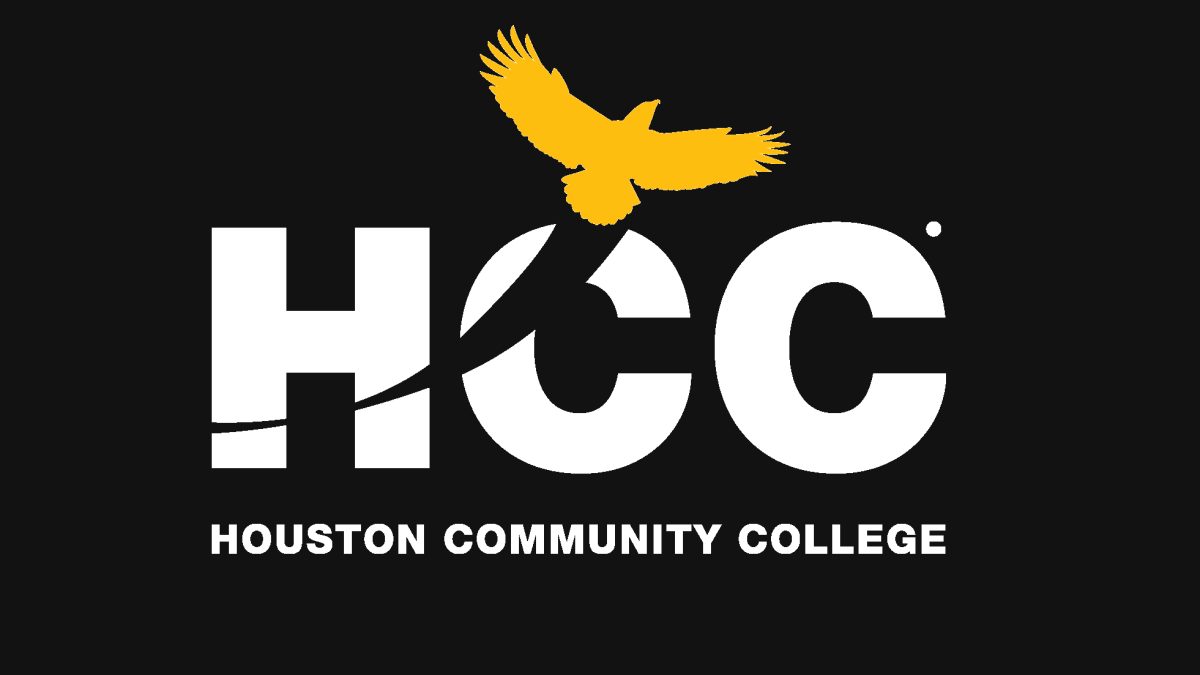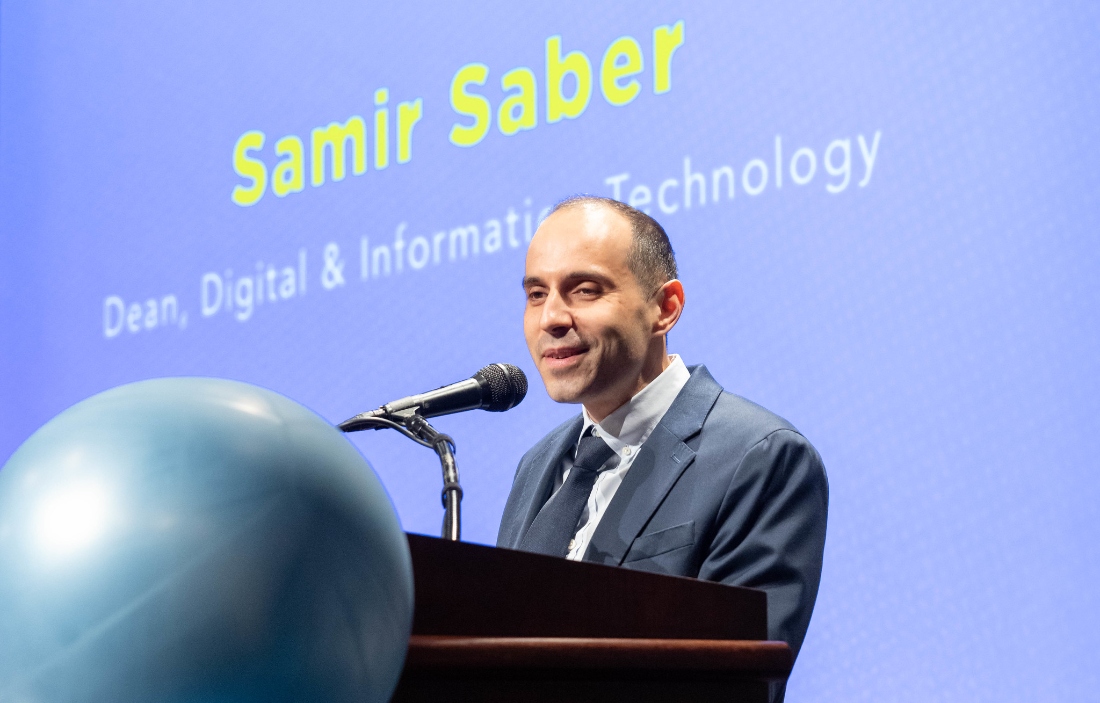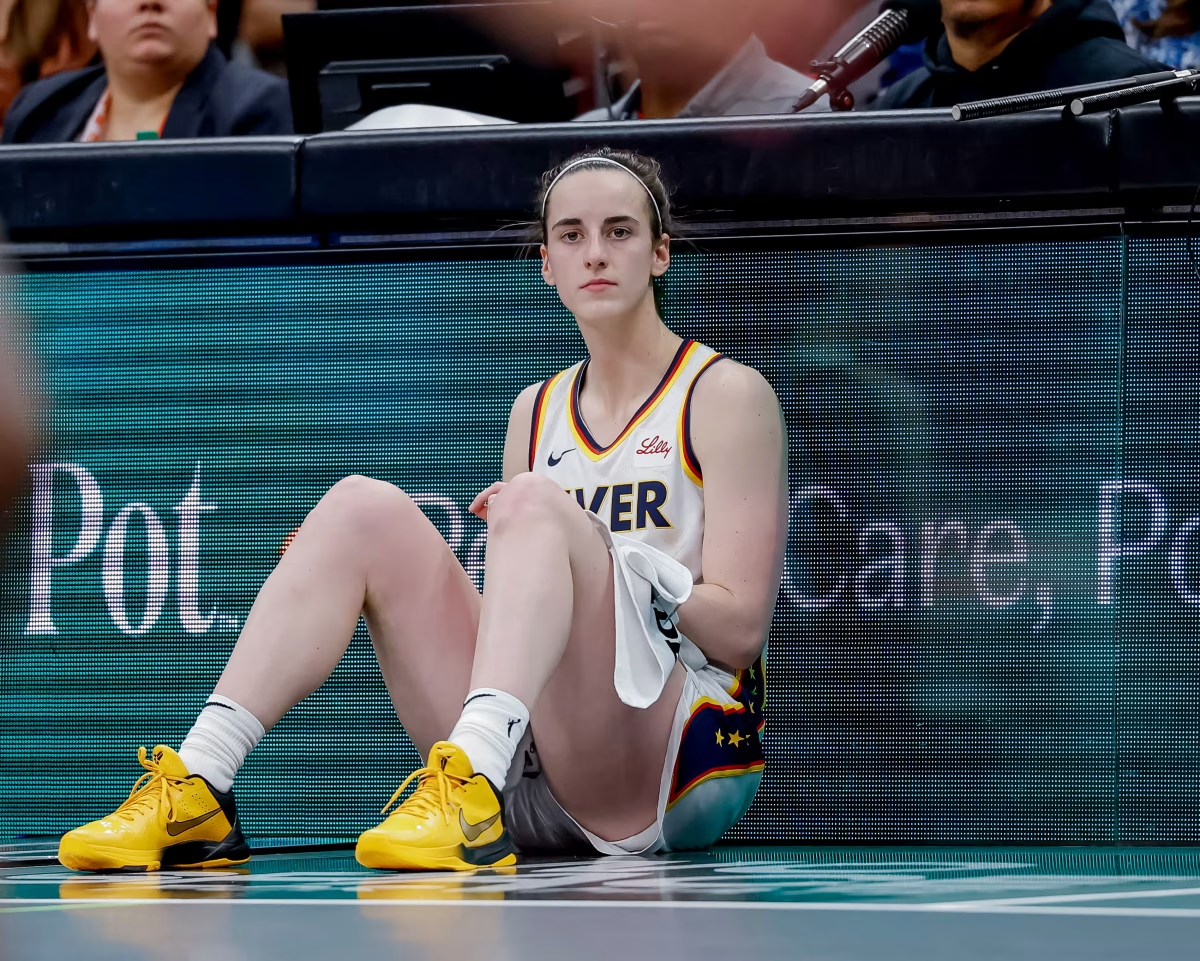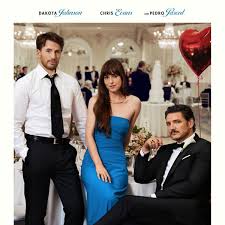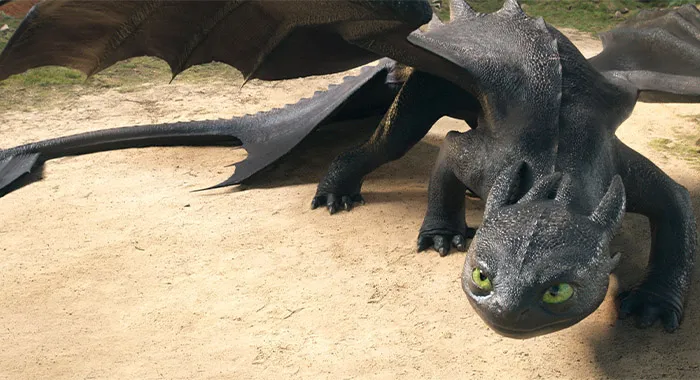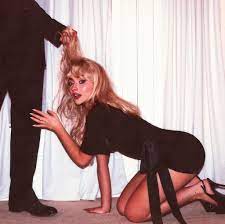Corman, an underrated pioneer
Movie poster of Corman’s World: Exploits of a Hollywood Rebel released by Anchor Bay Films
February 22, 2017
It’s hard to defend the things you love. It’s always something personal, that can only have value to you alone. Perhaps that explains why an average movie fan can only shake their head and wonder why artists like Robert De Niro or Martin Scorsese would heap praise on a film called Teenage Caveman.
Believe it or not, both have reason for their enthusiasm. The director of the above title was named Roger Corman. It also happens that Corman gave the same two men their first professional gigs as an actor and director. For Scorsese, it was behind the camera shooting a film called Boxcar Bertha. For De Niro, it was starring opposite Shelly Winters in Bloody Mama.
Corman stands at the launch of their careers and at the center of Alex Stapleton’s 2011 documentary Corman’s World. For 89 minutes of runtime, audiences will be treated to a behind – the – scenes glimpse of a part of movie-making that few ever think about. That’s because it’s hard to defend or talk about schlock. Schlock used to be a derogatory term assigned to B-grade and low-budget exploitation films. These were not the kind of flicks that got a wide advertisement. If they’re still being made, then you’ll never see them sharing marquee space next to Zootopia or anything like that. These were films that, any various ways, presaged the current Indie film scene.
These were not glorious production numbers. In a schlock B picture, the budget was always limited, meaning that filmmakers had to economize in terms of both film and talent. The funny thing is how often they got away with it. This was always Corman’s strength. Working with just a dime store amount of money and time, Corman would churn out a completed film in just under a week. He got his start working for distributors James Nicholson and Samuel Arkoff under their indie production company, American International Pictures. Together, the three men helped spawn a plethora of drive-in features that are still treasured memories for directors such as Joe Dante and Steven Spielberg.
Corman’s work can be neatly divided in two. On the one hand, there are such films as Attack of the Giant Crab Monsters and It Conquered the World. Despite a few naysayers, these are not bad films. Often they deserve a more fair hearing than they are able to get with your average film-goer. However, these were still not Corman’s first tier work. That distinction belonged to The Wild Angels, The Pit and the Pendulum and The House of Usher. With these films Corman was able to revitalize the horror genre and give a voice to a whole counter – cultural generation of teenagers looking for a change. They were able to find part of that outlet in Corman’s work. He was able to communicate with Baby Boomers using a vocabulary that they understood. In Corman, the 60s-generation recognized someone who understood them on some level. In the process, he created a space for the genres we are currently familiar with today, such as Sci – Fi, Fantasy, and Horror.
If Corman is an underrated pioneer, then he’d probably be the first to admit he could never have done it alone. The other accomplishment Corman is known for was his ability to discover talent in others, and to nurture it. One of the strengths of Stapleton’s documentary is the light it shines on what one interviewee dubs “The Corman School”. It’s a term that describes one of the most remarkable features of Corman’s life. This was never done on purpose, the incredible fact is that actors like Jack Nicholson, or starving artists like James Cameron, Joe Dante and Ron Howard all came to Hollywood looking to break into the industry. That they just happened to cross paths with Corman, and that he was responsible for giving these A-list names their big break is just one of those strange turns of luck and circumstance.
This is something that Corman’s graduate alumnus are still aware of, and it’s a treat to see Howard recalling his misspent youth trying to helm an unstable low-budget flick like Grand Theft Auto. The most energetic and surprising interviews are given by Jack Nicholson. From beginning to end, he is unflagging in his enthusiasm for the man and the movies that started his career. “This is it,” Nicholson recalls of his first starring role, “I’m here, I’m gonna be big!” Nicholson’s devotion and loyalty to Corman are on full display in a surprising scene where he almost begins to tear up over the good old days.
In the last analysis, what makes the films of Roger Corman stand out is that there is a clear purpose behind even the bad ones. It’s not a kind of declaration, so much as an alternative way of looking at film in particular, and stories in general. It’s hard to say how many are able to get on board with this kind of alternate cinema. In a day when many films go out of their way to be as clean and professional as possible, viewing a Corman flick can sometimes be a much-needed shot in the arm. If anyone is looking for a good intro to this alternative, Corman’s World is a good place to start.







